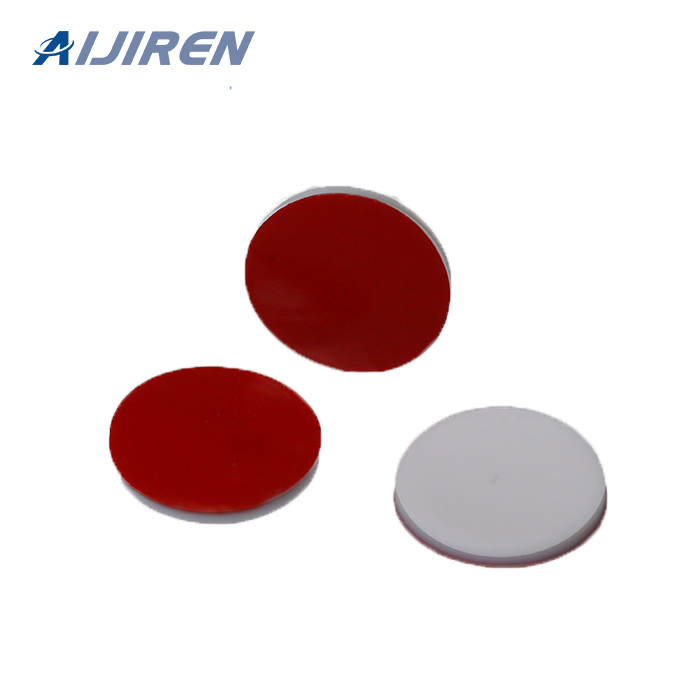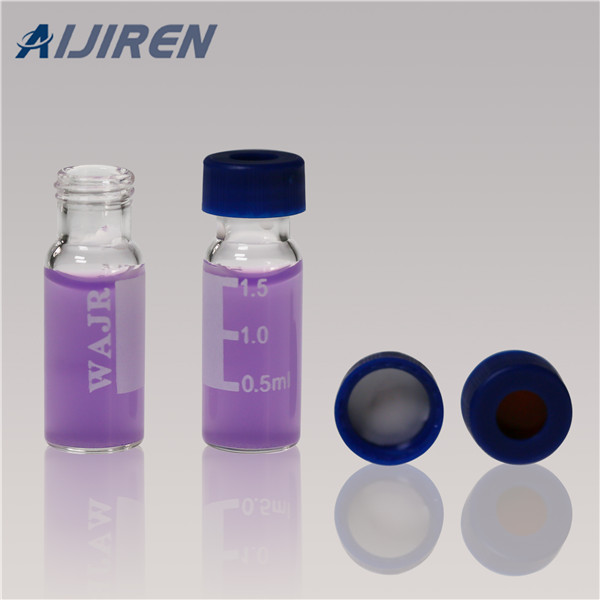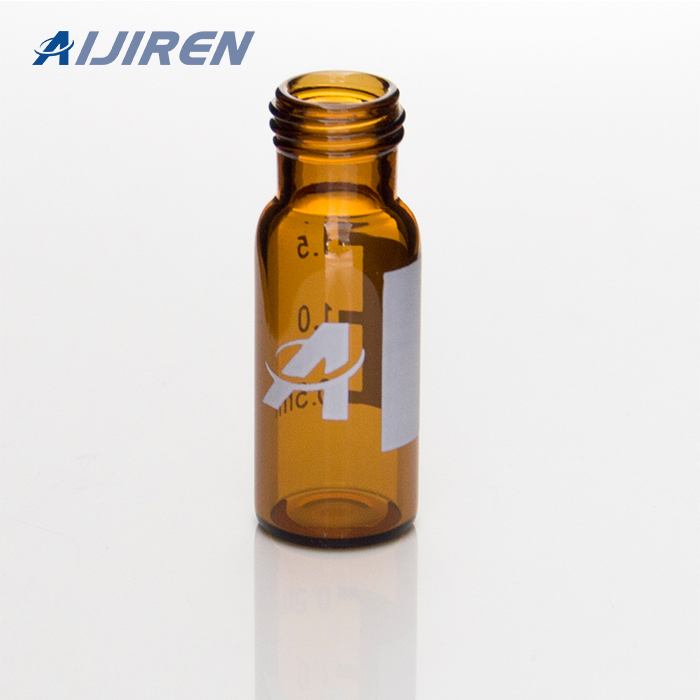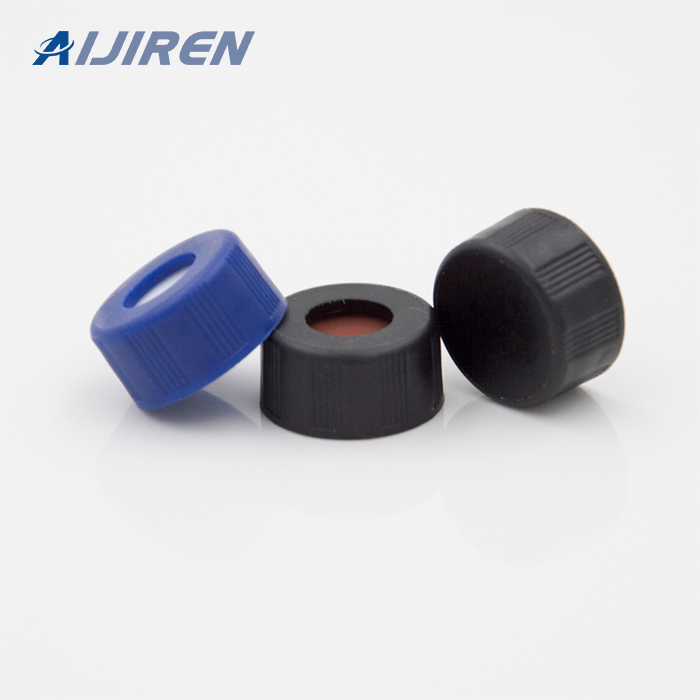







After adding 0.2 mL of 10 M NaOH to stop any microbial activity, a 5 mL headspace of pure N 2 was intro-duced into each bottle as described in Valentine et al. (2001) and the samples were stored
TOC Analyzers use two types of detection systems, non-dispersive infrared (NDIR) and conductivity detectors (direct and membrane). NDIRs, which consist of a light source, cell and a detection portion, are more popular due to stability and interference issues with conductivity detectors.
Microbiology Online: Microbe Passports Learn about microbes from this interactive site for students. Gram Stain Lab Quiz. The diluted gas samples (100 mL) were injected to a GC/C/IRMS system consisting of a TRACE GC Ultra gas chromatograph with split. Neuroscience.
2 mL Standard Opening Vials from Supelco. Our standard 2 mL vial is 12 mm in diameter, 32 mm in height, and has a 4.6 mm opening. The thread size on this vial is 8-425. Choice of clear or amber glass. Precleaned or silanized options available
Drawer Organizers Bright white, heavy duty PVC construction Sturdy apron around sides for easy handling Can be used as trays Dimensions: 17.5" L x 19.5" W x 2.7" D Model 7180K10 can store many small items and has 16 compartments.
Stock up on lab vials at Grainger to help ensure you'll have the right vial when you need it. Polyethylene vials with caps can safely store samples for food, dairy, cosmetics, petroleum and environmental laboratories. Autosampling chromatography vials feature high-quality materials to help meet demanding industry specifications and tolerances.
After analyzing the sample by gas chromatography, show the chromatogram produced to an instructor before carrying out the analysis on the GC-MS. The same sample used for GC analysis should be the one used for GC-MS analysis. Only inject 0.2 to 0.5 mL of the CH 2 Cl 2 solution. See the ends of the sections on gas chromatography and mass
“Old GC” ∼ 2 mL ∼ 150 mL ∼ 300 mL ± 7 µmol kg − 1d a Johnson et al. (1993); b Goyet and Snover (1993); c Stoll et al. (2001); d W eiss and Craig (1973). analysis is the most
the GC 2-mL glas s vials was carr ied out in an Agil ent N Network GC syst em coupled to a inert MS, equipp ed with an Agilen t B series in jector .
Recent discovery of methane (CH4) production in oxic waters challenges the conventional understanding of strict anoxic requirement for biological CH4 production. High‐resolution field measurements in
This Ultra Deactivated Split/Splitless Liner, 4 mm, with Wool is part of a GC/MS 590/690 Capillary Injector Consumable Kit (N6550448). The kit includes an autosampler, vial locator, O-rings, liner, ferruls, septa, marathon filament, and aluminum oxide powder.
Jun 15, 2010 · 2.2. Batch Adsorption Experiments. To obtain adsorption equilibrium isotherm data with the granular sorbents, aqueous phase adsorption experiments were performed in 42 ml glass vials using a fixed sorbent/liquid ratio (0.2 g sorbent/42 ml aqueous solution) and varied concentrations of MTBE initial solutions.
You are gathering the equipment for your group's density lab. Mrs. Baldwin has placed 50 ml beakers, 50 ml graduated cylinders, and 50 ml Erlenmeyer flasks on the lab cart. Which piece of equipment do you bring back to your lab group to measure volume? Why did you pick this piece of equipment over the others? Explain your answer in detail.
6.5.2.2 Gases - To prepare standards for any of the six halocarbons that boil below 30 °C (bromomethane, chloroethane, chloromethane, dichlorodifluoromethane, trichlorofluoromethane, vinyl chloride), fill a 5-mL valved gas-tight syringe with the reference standard to the 5.0-mL mark.
Waters offers three lines of certified vials: LC/GC Certified Vials, LCMS Certified Vials, and TruView LCMS Certified Vials. All lines are certified as being within dimensional tolerances and are tested for chemical cleanliness by instrumentation methods.